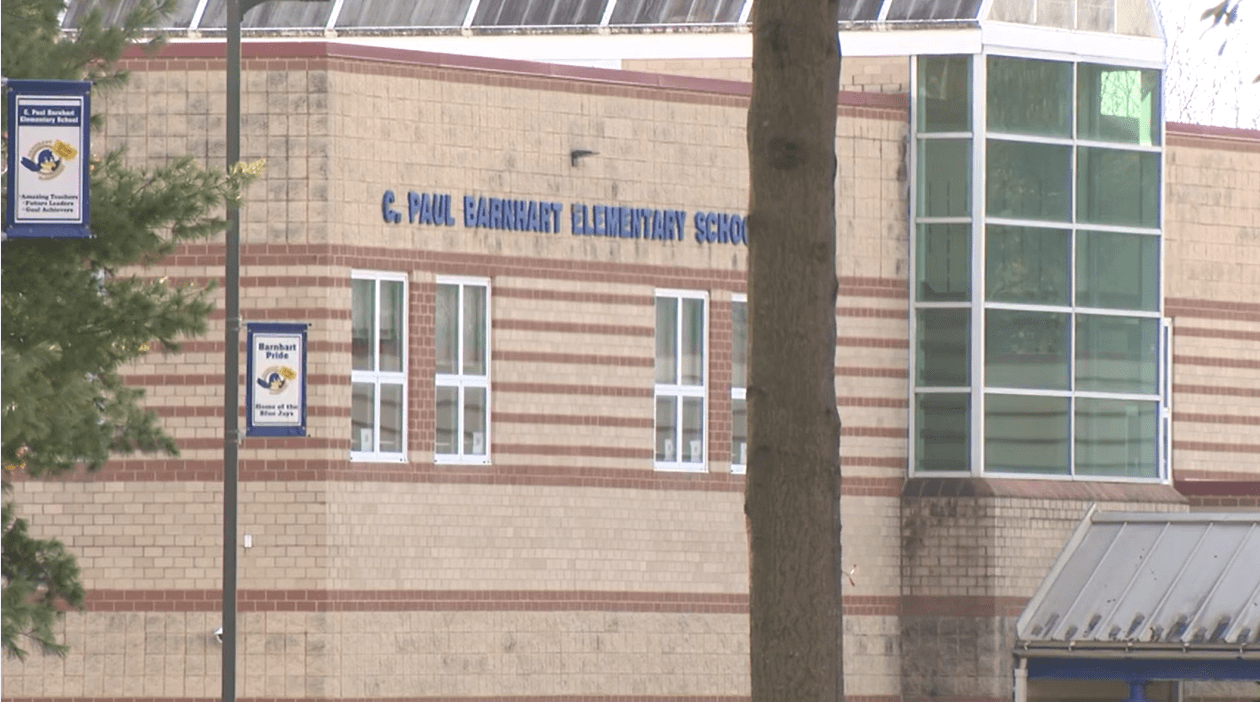HAMPTON, Va. (WAVY) — Gov. Ralph Northam spoke at Fort Monroe on Tuesday, days after crews removed letters from an arch at the national monument that spelled “Jefferson Davis Memorial Park.”
The governor requested earlier this year that the arch be removed prior to a series of events commemorating the 400th anniversary of the arrival of the first enslaved Africans.
The Fort Monroe Historic Preservation Officer later recommended altering the lettering instead of removing the entire arch in order to avoid damaging adjacent historic properties.
Glen Oder, executive director of the Fort Monroe Authority, said the arch was built in the 1950s to honor Jefferson Davis, the former president of the Confederacy who was held at the fort after the Civil War ended.
In his Tuesday morning remarks, Northam said the removal of Davis’ name along with the addition of interpretive signage better illustrate a changing Virginia.
10 On Your Side asked Northam if he expects any pushback from those who see the Confederate era as part of the Virginia’s heritage. “There will be people who disagree with what we are doing. (Davis) promoted slavery as the president of the Confederacy. He was arrested for treason. That’s just not a story that we should be celebrating.”
Two interpretive signs were placed near the park to explain the meaning behind the sign, while the letters will be go in an exhibit inside the Casemate Museum.
Northam said in a statement Tuesday, “Removing these letters from the arch and adding signs with an honest interpretation of a troubled time in Virginia’s history is far more welcoming and reflective of our values.”
Here’s the text for sign one:
The Jefferson Davis Memorial Arch was erected in 1956 by the United Daughters of the Confederacy, with the permission of the U.S. Army, to commemorate the imprisonment of Confederate President Jefferson Davis at Fort Monroe. The arch was rededicated in 1986.
After the Civil War, Jefferson Davis stood as the most vocal proponent of the claim the war had been a constitutional struggle, not a fight over the future of slavery in the United States. His claim was part of the Lost Cause crusade, in which white southerners sought to elevate secession, the Confederacy it created, and the war it waged into a high-minded crusade.
Here’s the text for sign two:
This memorial to Jefferson Davis, for some, conjures up a sense of heritage and history. For others, it is a symbol of hate and highlights the intent to exclude African Americans from public life and civil liberties. This memorial was placed here during the modern civil rights movement in the 1950s, a time which triggered a wave of Confederate monuments and the renaming of public buildings and spaces. Some Virginia cities and counties closed their schools in “massive resistance” to the Supreme Court’s invalidation of segregation, arguing that it was the state’s right to determine relations between black and white people. The new memorials, such as this arch, celebrated the heroes of the Confederacy as defenders of an unfairly oppressed region, in opposition to this federal ruling.
Oder said Tuesday, “This will let us tell the history the way it was intended to be told both in terms of when the arch was installed and why, as well as allowing people to interpret the arch for themselves.”
There are no current plans to rename the memorial park.
Prior to the news conference a heckler standing nearby was heard shouting “governor blackface” before saying “welcome.”
Earlier this year, many voters and politicians called for Northam’s resignation after a photo showing someone wearing blackface and another in a Ku Klux Klan hood and robe from his 1984 Eastern Virginia Medical School yearbook surfaced online.
Northam initially said he was in the photograph, but later retracted his statement and said didn’t recall the image being taken.
A law firm tasked with investigating the photo it could not conclusively determine whether Northam is in the photo. The firm found no information that the photo was put on the page in error.










































































































